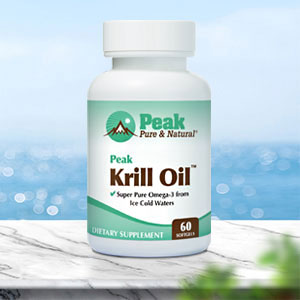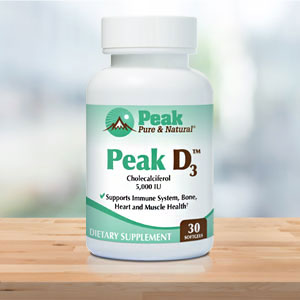As we age, our digestive system naturally slows down and becomes less efficient.
This is due to a combination of factors, including decreased digestive enzyme production, slower muscle contractions in the digestive tract and lifestyle choices that have left their mark.
The result: nutrient deficiencies, acid reflux and constipation.
But there’s one outcome of this slowdown in digestion that can be extraordinarily painful and even land you in the hospital.
Luckily, there are five things you can do to prevent this painful and potentially life-threatening condition…
5 ways to reduce risk for diverticulitis
Diverticulitis is a condition where small pouches, or diverticula, in the wall of the colon become inflamed or infected. Most of the time, diverticulitis resolves without any treatment.
Age is a risk factor you can’t control. Age-related deterioration in the walls of the colon means that by the time you’re 50, you have a 50/50 chance of developing diverticulitis.
But a decades-long observational study by researchers at Massachusetts General Hospital has identified five factors you can control that can dramatically reduce your risk.
After assessing the health records of 179,564 people from the Nurses’ Health Study (NHS), the NHS II and the Health Professionals Follow-Up Study (HPFS), the researchers developed a “Healthy Lifestyle Score” (HLS) linked to diverticulitis risk over around 20 years.
Five factors were linked to a lower risk of diverticulitis:
- Healthy body mass index (BMI)
- Being physically active
- Not smoking
- High fiber intake (Women, aim for 25 grams daily; men, 38 grams)
- Low or no red meat intake
One point was given for each of these five factors, and every one-point increase in HLS meant a 12 percent lower risk of diverticulitis.
Those with a “full house” – a point given for all five factors – were 50 percent less likely to be diagnosed than those with zero points.
Prevention tips, and when to seek medical attention
Of course, scoring a point for all five factors will also make you less of a target for heart disease, stroke and diabetes.
But aiming for three or four will lower your risk dramatically. You can do that by:
But doing these things isn’t an iron-clad guarantee, so it’s crucial that you know the symptoms of diverticulitis. If you don’t seek help, complications can be life-threatening and require immediate medical attention.
If you experience severe abdominal pain (usually on the left side), fever, chills, nausea, vomiting, or difficulty passing stool, you should seek emergency medical care.
Left untreated, an attack of diverticulitis can lead to life-threatening complications:
- Peritonitis – an infection of the abdominal lining
- Abscess – a collection of pus in the abdomen
- Bowel obstruction – a blockage in the colon
- Colon perforation – a tear in the wall of the colon
But don’t let this scare you. Even if you’re 50 or beyond, if you follow these guidelines, you stand a good chance of never developing diverticulitis.
Unfortunately, some chronic conditions are associated with an increased risk for diverticulitis. Those include:
- Polycystic kidney disease
- Hypothyroidism (underactive thyroid)
- Irritable bowel syndrome
- Inflammatory bowel disease
Omega-3 supplements are sometimes suggested to reduce inflammation, flare-ups and improve the intestinal barrier in people with diverticulitis. In addition, probiotics, vitamin D and glutamine may also be beneficial.
If you’re on medication for the condition, let your doctor know if you take supplements.
Sources:
These five things halve your risk of common age-related gut pain — New Atlas
Lifestyle factors, genetic susceptibility and risk of incident diverticulitis: an integrated analysis of four prospective cohort studies and electronic health records-linked biobank — Gut
Read full article here




